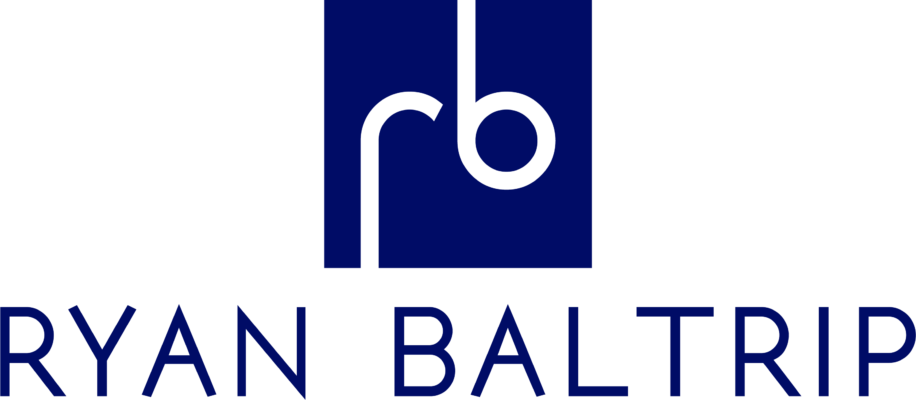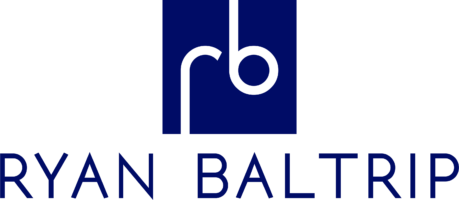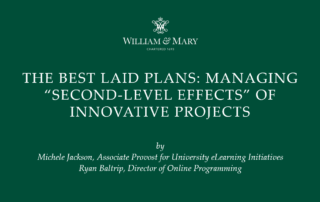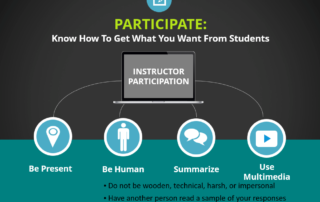Building a Culture of Instructional Innovation: Opportunities and Challenges (Presentation)
In today’s rapidly evolving educational landscape, fostering a culture of continuous innovation – embracing new ways to enhance the learning experience – is a top priority for many institutions. However, motivating faculty to explore and implement new teaching approaches can be a significant challenge. In 2017, while at William & Mary, I presented at the Online Learning Consortium (OLC). My presentation titled “Building a Culture of Instructional Innovation: Opportunities and Challenges” aimed to ignite a conversation on how institutions can best support and inspire faculty to embrace innovation in their teaching.
Presentation Summary
-
The Context of Innovation: My presentation explored the interplay between an institution’s mission focused on high-quality teaching and a broader culture embracing innovation. It highlighted the need for […]
Student Perspectives on Online Instructional Strategies
Convenience is often a major draw for online learning, but are students truly satisfied with the way their online courses are designed? Understanding how students perceive different instructional strategies is key to improving the quality of online education. At the Lilly Teaching Conference in Anaheim, I presented research aimed at uncovering online students’ perspectives and offering faculty and instructional designers actionable insights.
Presentation Summary: What Do Students Really Think?
-
The Central Question: My presentation explored whether online students are satisfied with online courses simply because of the flexibility, or whether they are genuinely satisfied with the instructional strategies used within them.
-
Background and Data: The research involved undergraduate online courses with primarily traditional-aged students (19-21). While overall satisfaction scores […]
Building a Faculty Development Culture of Instructional Innovation: Opportunities and Challenges
In today’s rapidly evolving educational landscape, fostering a culture of continuous innovation is crucial. Encouraging faculty to explore and adopt new instructional approaches is key to enhancing student learning experiences. Yet, institutions often face challenges in successfully engaging faculty in this process.
In 2017, while at William & Mary, I presented with Instructional Design Specialist Josh Chung at the Online Learning Consortium (OLC). Our presentation, titled “Building a Faculty Development Culture for Instructional Innovation: Opportunities and Challenges” delved into the complexities surrounding innovation in higher education. We explored motivations, barriers, and strategies for institutions seeking to cultivate a dynamic environment where innovation thrives.
Presentation Summary
-
Defining Instructional Innovation: The presentation clarified that instructional innovation encompasses any new or creative approach that […]
Steps to Improving Online Learning Video Production
High-quality video is an essential component of engaging online courses. In 2017, while at William & Mary, I teamed up with Instructional Design Specialist Josh Chung to present at the Online Learning Consortium (OLC). Our presentation, “Steps to Improving Online Learning Video Production”, offered practical strategies and insights for educational institutions seeking to enhance the quality and impact of their online learning videos.
Presentation Summary: A Roadmap to Better Online Videos
-
The Challenge Online learning videos can range from basic and uninspiring to highly polished and effective. Understanding models and processes for continuous improvement is essential.
-
Profiles: Basic, Better, Best We outlined three broad categories of video quality (Basic, Better, and Best). Each level reflects increasing commitment to production […]
Managing Second-Level Effects of Innovative Projects
Innovative projects offer exciting possibilities, but their implementation often has complex ripple effects beyond what is initially expected. In 2017, while at William & Mary, I presented at the WCET conference in Denver on the topic of “Second-Level Effects.” This presentation explored the challenges of managing these unexpected consequences of innovation and offered potential strategies for success.
Presentation Summary: Managing “Second-Level Effects“
-
The Nature of the Challenge: Often, we carefully plan for the initial, anticipated outcomes of a project (“First-Level Effects”). We may address challenges like increased workload or resistance from stakeholders. However, “Second-Level Effects” are much harder to predict. These are the indirect and often surprising changes that emerge as a project is implemented. Because they are unique, unpredictable, and […]
Techniques for Effective Facilitation & Management of Online Discussion Boards
One of my very first professional presentations as an online learning leader, way back in the early 2010s, was on how to improve the facilitation and management of online discussion boards. Over a decade later, I like to think online learning has come a long way and that most of this is common knowledge. However, the 3 steps for effective facilitation and management of online discussion boards still ring true! So, there may be some practical insights here worth considering. If nothing else, these points are good reminders & encouragements, even for more experienced online teachers.
About

Dr. Ryan Baltrip, Assistant Professor of Marketing at Old Dominion University and Associate Director of the Loyalty Science Lab, brings a blend of academic rigor and industry experience. With a background from the University of Florida, he has demonstrated strategic leadership and marketing success. A pioneer in online learning, Ryan has spearheaded over 50 programs serving 40,000+ students, generating $50M+ annually, and earning national accolades. Specializing in digital marketing, brand management, leadership, consumer behavior, and entrepreneurship, he’s dedicated to preparing future leaders by connecting academia with real-world business.
Many people read the Bible, but how many do not understand it? The Bridge Bible was created to help address this problem. In clear and straightforward language, the Bridge faithfully translates the original biblical texts into an innovative, user-friendly, and easy to understand Bible. The Bridge Bible is a Bible for the 21st Century. It is the most dynamic Bible translation available and will help you fill the gap between the biblical and contemporary world.
Click any of the covers below to see the books of the bible that are available now or visit www.bridgebible.net to learn more.









